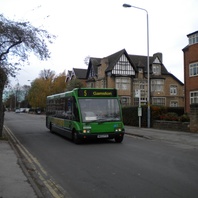
Viking Names
Gamston
Gamston, in the Bassetlaw Wapentake of Nottinghamshire, is a hybrid name from the Old Norse male personal name Gamall and Old English tun ‘an enclosure; a farmstead; a village; an estate’.
Read More
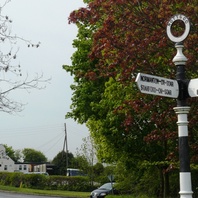
Viking Names
East Leake
East Leake in Rushcliffe Wapentake of Nottinghamshire, is a simplex name from Old Norse lœkr ‘brook’. East and West Leake are on the banks of a small stream which joins the Soar at Kingston.
Read More

Viking Names
Clipstone
Clipstone, in the Bassetlaw Wapentake of Nottinghamshire, is a hybrid name. The first element is the Old Norse male personal name Klyppr as in Clipston, Northamptonshire, and Clipston on the Wolds, Nottinghamshire. It is on record as Clip, the name of a tenth-century moneyer. The second element is Olclid English tun ‘ enclosure; a farmstead; a village; an estate’ and it is thus another hybrid name.
Read More

Viking Names
Walesby
Walesby, in the Bassetlaw Wapentake of Nottinghamshire, comes from the Old Norse male personal name and nickname Valr which denotes ‘hawk’ and the Old Norse element by ‘a farmstead, a village’.
Read More

Viking Names
Klypp
Klyppr was originally a byname and probably a mutated form related to klumpr ‘clump’. A number of instances are recorded in West Scandinavia from the eleventh century onwards. Klyppr is the first element in the place-names of Clipstone, Nottinghamshire and Clixby, Lincolnshire.
Read More
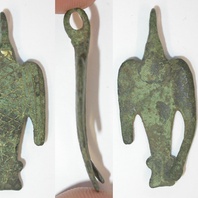
Viking Objects
Bird Pendant (DENO-55AE35)
A pendant of similar shape although with different decoration is dated to the second half of the ninth century from Yaroslavl, Russia. The bird symbol, very similar to the one depicted on this pendant, was used by the Rurik dynasty which had started the conquest of Slavic lands in the mid-ninth century and later formed the polity of Rus’. With some exceptions, pendants were generally worn by women as an accessory to Scandinavian dress.
Read More
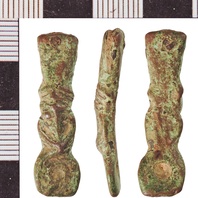
Viking Objects
Zoomorphic Strap-End (NLM-09BBD5)
This cast zoomorphic strap-end has been classified as Thomas Class G and contains decoration consisting of a heart-shaped muzzle, small pellet eyes, and angular grooves which may represent brows. Strap-ends came in various styles and were fairly common throughout the Viking world. They were used to decorate the ends of belts and to stop them getting damaged.
Read More
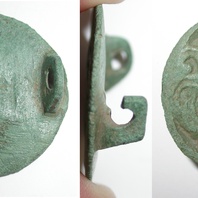
Viking Objects
Borre Style Brooch (DENO-805B20)
This copper-alloy brooch is an example of Kershaw’s East Anglian series and is decorated with interlaced Borre-style designs. For more information on Scandinavian jewellery in England check out our blog: Brooches, Pendants and Pins: Scandinavian Dress Accessories in England.
Read More
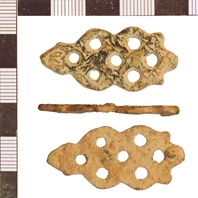
Viking Objects
Anglo-Scandinavian Mount (NLM-491EBD)
This copper-alloy mount is decorated with an openwork plate interlace ornamentation in possible Borre style.
Read More
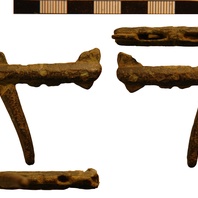
Viking Objects
Folding Arm Pivot Fragment (NLM-6A2893)
Scales were a common commerical tool and would have been an important part of any exchange whether using a monetary system or a bullion system, such as the one that existed in Viking-occupied areas of England.
Read More
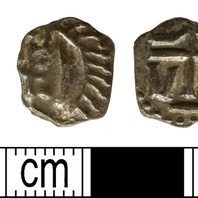
Viking Objects
Merovingian Denier (DENO-4A202A)
This is a silver denier produced by the Merovingian Franks around 700 to 750 at the mint of Marseille. It is possible that it made its way to England prior to Viking incursions but it is equally likely that the Vikings brought this coin with them as plunder after raiding in Frankia.
